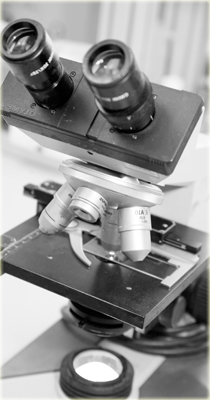The Invisible Indoor Pollution
Hong Kong people witness the polluted air above the Victoria Harbour everyday. We can’t be more mistaken to think that staying inside the building is the solution to get rid of air pollution. Let’s take a look at some indoor air pollutants as follows:
| Air Pollutants | Possible Sources | Relative Illnesses |
| Carbon Dioxide | high occupancy, overcrowding and/or inadequate ventilation | warning of other indoor air pollutants |
| Biological Contaminants | inadequate ventilation high humidity; or dirty air filter and ducting of air conditioners or ventilation systems | sneezing, watery eyes, coughing, shortness of breath, dizziness and lethargy. may trigger allergic or asthmatic reactions. |
| Radon | concrete building materials containing granite | exposure to elevated radon and its decay products may increase the incidence of lung cancer |
| Volatile Organic Compounds (VOC) | household or consumer products, wall painting or paint stripping | a high level of VOCs may cause discomfort, and even worse, cancer. |
| Environmental Tobacco Smoke | smoking | discomforts to eyes, nose and throat, may increase the incidence of lung cancer. |
| Carbon monoxide & Nitrogen oxides | cooking fume and odour, vehicle emission. | fatigue, headache and may cause vomiting |
| Formaldehyde | furniture, house decorating, painting, carpeting, vehicle interior equipment. | inhaled at concentration above 3ppb may cause headaches, a burning sensation in the throat, and difficulty breathing, triggering or aggravating asthma symptoms. |

Choose the Right One
Hong Kong people have learned to deal with indoor air pollution with sanitizing products. The real problem is what to choose and how. Consider the following safety regulations:
- Conform to the standards of U.S. Environmental Protection Agency and European Commission.
- List all types of bacteria and viruses that are effectively killed.
- Non-toxic and testified harmless.
- Certificated by universities or authorities.
- Uninfected by organic matters such as blood, spit or defecation.
BioEm Air Sanitizing and Purifying liquid has been widely proved by both laboratories and consumers to be natural, non-toxic and effective which is certainly the right choice among all.
| Safe and Harmless | The BioEm Air Sanitizing and Purifying Liquid has passed the sub-chronic inhalation toxicity test, various safety tests by the Hong Kong Standard and Testing Centre, Jilin Province Sanitation Monitoring and Testing Center on LC50 and LD50, and the Universities in Hog Kong on human skin sensitization. It is testified as safe on human health and no secondary pollution to the environment. |
| Product Mechanism | Its nano-sized ingredients can pass through the cell membrane and penetrates the nucleus of bacteria or viruses and destroy the DNA synthesis and reproduction mechanism. |
| Decompose Chemical Toxins | It contains a significant amount of Oxygen Free Radicals which are extremely active that is the key to decompose air chemical toxins such as Formaldehyde, Benzene and VOC by destroying their molecular structures. |
| Natural Plant Extract | It is made of plant extract, chemical free and safe to human health and environmental harmless. Its nano-sized ingredients are able to kill most indoor air pollutants especially VOC such as Formaldehyde, Benzene and Second-hand smoke. It is highly stable and not infected by organic matters. |
| Kill bacteria and viruses | It kills various viruses up to 99.99 % and decompose Formaldehyde, Benzene up to 90%, all testified by Universities in Hong Kong, Chinese Center for Disease Control and Prevention and China National Center for Quality Supervision and Test of Environmental Protection Products. |
The Ultimate Solution
It is agreed that Hong Kong's air pollution problem has gone beyond any tolerable limit. Many Hong Kong families have equipped themselves with air cleaners inside the house. But according to the Consumer Council’s report, many air cleaners are below the international safety standards and fail to kill viruses and bacteria.
To improve indoor air quality, we can only rely on scientific research and advanced technology. We have to start to improve it from the very basic system, the central air-conditioning system indispensable in almost all buildings. Here comes the idea of Sustainable Immunized Building (SIB).
